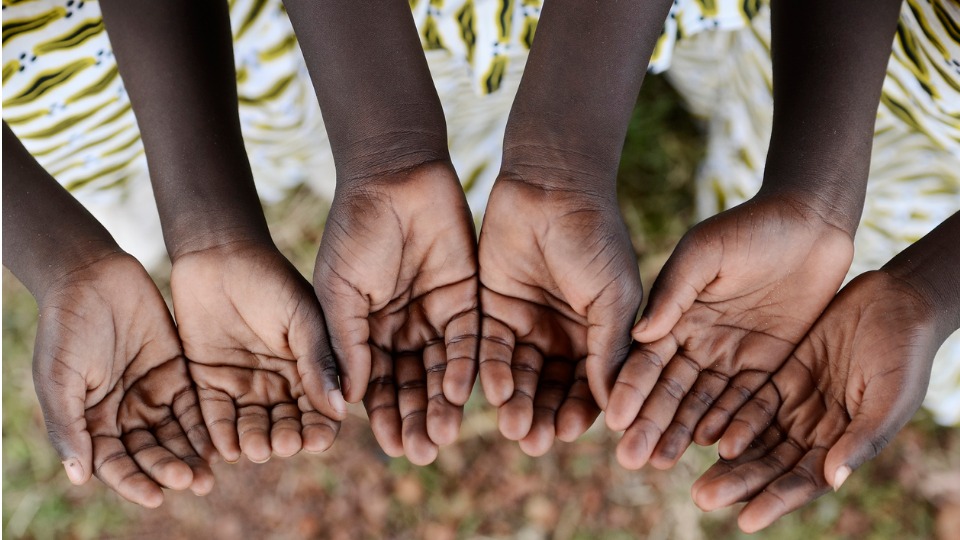
70.5 per cent Indians can’t afford a healthy diet, says a United Nations report

India at 70.5 per cent had one of the highest percentage of people who can’t afford a healthy diet, according to a study by the United Nation’s Food and Agricultural Organisation (FAO).
FAO’s State of Food Security and Nutrition in the World report took into account the state of nutrition among different groups in the population as well as the cost of a healthy diet vis-à-vis the percentage of people who were able to afford it. Almost all the indicators were impacted due to the Covid pandemic globally. The number of people who could not afford a healthy diet increased by 112 million from 2019 to be 3 billion in 2021, with the increase mainly driven by Asia, where the number increased by 78 million, according to a Financial Express report.
Also read: In a first, Rajasthan plans Right to Health; govt to foot bill
Compared to global standard ($3.537), Asia had a slightly higher cost of a healthy diet for a person per day ($3.715). Though India at $2.970 had the lowest cost amongst its neighbours, but at 70.5 per cent it had one of the highest percentage of people who could not afford a healthy diet.
Child nutrition remains an issue
As for the health indicators among population groups, India fared somewhat satisfactorily for the rate of exclusive breastfeeding for infants aged less than 5 months old at 58 per cent as of 2020. However, the prevalence of child wasting (insufficient nutrient intake) was highest in India among its neighbours at 17.3 per cent as of 2020, while the prevalence of stunting (being underdeveloped for one’s age) at 30.9 per cent was only second to Pakistan (36.7 per cent), showing that child nutrition remains a big issue in India.
As for adult nutrition, India again fared poorly on the prevalence of anaemia amongst women (indicating women’s health as well as female morbidity and mortality) at 53 per cent, the highest amongst its neighbours.
While the world has been affected by Covid pandemic and several measures are required to reverse the effect, it is clear by seeing India’s performance that strict actions are needed not only to provide a nutritious diet to the most vulnerable sections of the population, but to also make it affordable.
Global distress
Among the targets of the United Nations’ Sustainable Development Goals (SDGs) are ending “hunger, food insecurity, and all forms of malnutrition” by 2030. To measure the progress of the same, the Food and Agricultural Organisation publishes ‘The State of Food Security and Nutrition in the World’ report annually, and this year’s edition does not bode well for the world as well.
Also read: Health alarm: Scientists say Zika virus spreading fast across country
The report explicitly states that the world is moving backwards with regard to the SDGs. While the disruptions caused by the pandemic cannot be discounted, the report also points out that the onus lies on the “limited coverage and duration of the social protection measures”.

